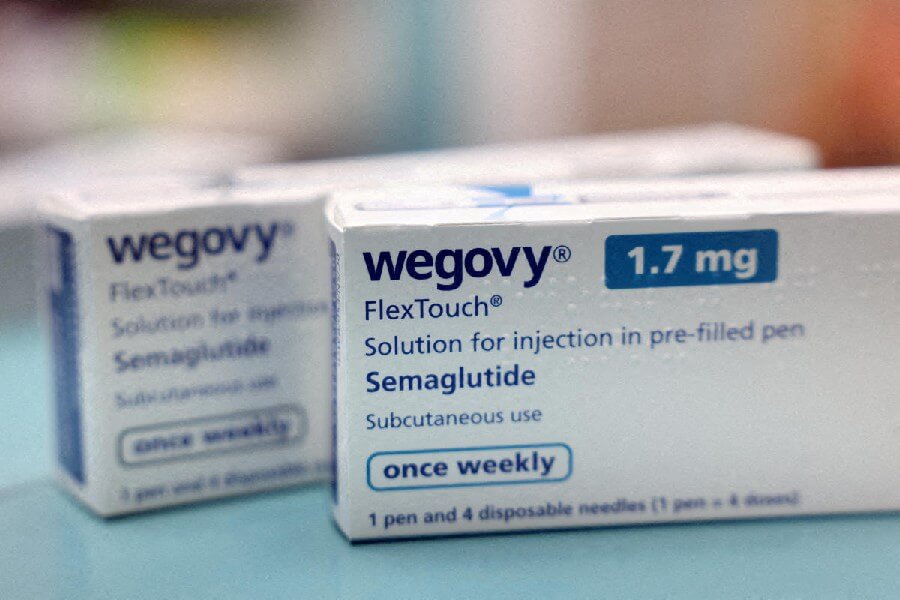Know the signs and soothing tips of Baby teething every new parent should know
Wed 13 Aug 2025, 01:10:32

Watching your baby grow is a journey filled with joy. Countless memorable moments like the first smile, the first giggle, and eventually, the first tooth are incredible. But while that tiny tooth is a cause for celebration, the teething phase can also bring tears, drool, and a few sleepless nights for both baby and parent.
Teething is a normal part of development, but it’s also one of the most misunderstood. From knowing the right age to spotting real signs versus myths, here’s expert guidance from Dr. Meena J., Senior Consultant, Paediatrics & Neonatology, Aakash Healthcare. This will help new parents navigate this milestone with confidence.
When do babies usually start teething?
The timing of a first tooth's appearance varies greatly; some newborns may not have any teeth by their first birthday! Mostly, by the time babies turn 3 months of age, they may begin to experience excessive saliva and put their hands in their mouths. Many parents wonder if this signifies their baby is teething, although the first tooth typically comes around 6 months old. Most children have all of their baby teeth by the time they turn three. The front lower teeth, or the front lower central incisors, come through first.
Though this trend is usually seen in the majority of children, it is essential to note that it differs in every child. Do not worry if your child does not qualify in this group, as the teething time may be influenced by heredity factors. Additionally, it does not mean that your child is facing any issues.
Common signs your baby is teething
Teething can cause mild discomfort, but symptoms are often manageable. Common
signs include:
signs include:
. Irritability or fussiness
. Swollen, tender gums
. Increased drooling
. Gnawing or chewing on objects
. Mild rise in temperature (not above 38.3°C)
. Disturbed sleep patterns
You might also notice gums looking slightly red or bluish where the tooth is about to break through.
Myths and symptoms not caused by teething
Many parents believe diarrhoea is linked to teething, but there’s no strong evidence for this. Similarly, teething does not cause a high fever.
If your baby’s temperature rises above 38°C or 100.4 F, or they seem unusually unwell, it’s important to seek medical advice instead of assuming it’s due to teething.
How to comfort a teething baby
Teething is uncomfortable, but there are sensitive methods to ease your baby's discomfort:
. Provide teething toys: Refrigerate them to soothe sore gums (do not freeze).
. Massage: Use a clean finger to rub your baby's gums gently.
. Provide extra comfort: Cuddles, playtime, and distraction can help reduce fussiness.
Teething is a natural and temporary phase, but it can feel overwhelming when your baby is irritable. Knowing the general timeline, recognising actual signs, and employing simple comfort measures, you can help ease this phase for your baby and yourself.
Remember: each child's teething experience is unique. Patience, some extra caution, and your paediatrician's guidance will make a world of difference in ensuring your baby's first smile with teeth is a joyful milestone.
No Comments For This Post, Be first to write a Comment.
Most viewed from Health
AIMIM News
Latest Urdu News
Most Viewed
May 26, 2020
Where should be the burial of the pilgrims martyred in the Saudi Arabia bus accident?
Latest Videos View All
Like Us
Home
About Us
Advertise With Us
All Polls
Epaper Archives
Privacy Policy
Contact Us
Download Etemaad App
© 2025 Etemaad Daily News, All Rights Reserved.

























.jpg)
.jpg)
.jpg)


